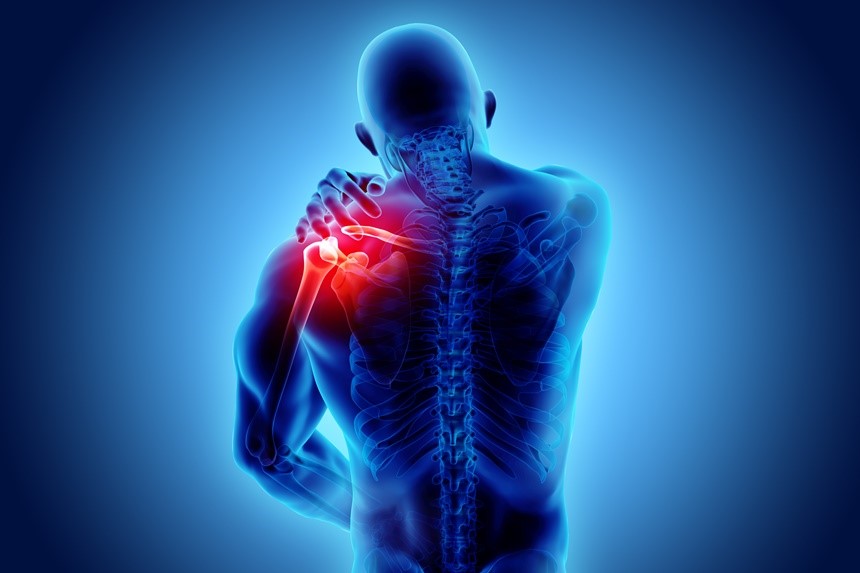“Your Weekly Checkup” is our online column by Dr. Douglas Zipes, an internationally acclaimed cardiologist, professor, author, inventor, and authority on pacing and electrophysiology. Dr. Zipes is also a contributor to The Saturday Evening Post print magazine. Subscribe to receive thoughtful articles, new fiction, health and wellness advice, and gems from our archive.
Order Dr. Zipes’ new book, Damn the Naysayers: A Doctor’s Memoir.
I had the first of three back surgeries over thirty years ago. Since then my back “talks” to me every day, some days in a normal voice, other days yelling, and occasionally, screaming. In fact, my definition of health is when your body doesn’t talk to you. You don’t know you have a back unless it aches, a head without a throb, or a knee that isn’t sore.
Pain is the body’s normal reaction to an injury or illness, a warning that something is wrong. After healing, the pain usually abates. Unfortunately for many, pain can last long after healing has completed, perhaps because nerves have become damaged in the process.
Chronic pain is one of the most common reasons adults seek medical care and has been linked to restrictions in mobility and daily activities, dependence on pain medications such as NSAIDs and opioids, anxiety and depression, and reduced quality of life. It is estimated that around twenty percent of U.S. adults (50 million) have chronic pain, while eight percent (almost 20 million) have pain that restricts daily activities. Estimates are higher in women and older adults, previously but not currently employed adults, and those living in poverty and rural areas. Chronic pain contributes to an estimated $560 billion each year in direct medical costs, lost productivity, and disability programs.
Common causes of pain include headache, pain after surgery or trauma, lower back pain, pain from cancer, arthritis or nerve damage, and psychogenic pain not caused by disease, injury, or nerve damage.
The main goal of treatment is to reduce pain, improve mobility and help one return to daily activities without discomfort. Because individuals respond to pain differently, management needs to be tailored for a specific person, depending on symptoms and underlying health conditions.
Pain medications include over-the-counter pain relievers such as NSAIDs, prescription medications like opioids, and antidepressants and anticonvulsants. Non-drug approaches include electrical stimulation to reduce pain with mild electric shocks to the skin that affect the nerves distributing the pain sensation, nerve block by injection or surgery to eliminate transmission of the pain signals, acupuncture to modify the nerve impulses, and surgery to correct the injury contributing to the pain.
Some lifestyle remedies that help ease chronic pain include physical therapy, tai chi, yoga, art and music therapy, pet therapy, psychotherapy, massage, and meditation. For some, stress reduction by eating well, getting enough sleep, and exercising regularly can help. Participating in enjoyable activities and socializing with family and friends can improve outlook and dealing with the pain. Isolation can cause one to focus on the pain and worsen its effects. Friends, family, and support groups can be helpful and offer comfort during difficult times by providing needed support.
Chronic pain sufferers should seek out health care professionals expert in pain management. In addition, consider contacting the American Chronic Pain Association, whose mission is “To facilitate peer support and education for individuals with chronic pain and their families so that these individuals may live more fully in spite of their pain….To raise awareness among the health care community, policy makers, and the public at large about issues of living with chronic pain.”
Do not suffer needlessly. There is much that can be done to relieve chronic pain.
Become a Saturday Evening Post member and enjoy unlimited access. Subscribe now



